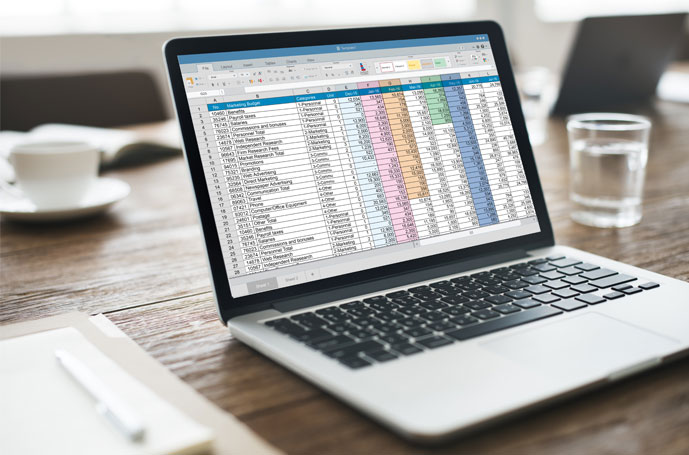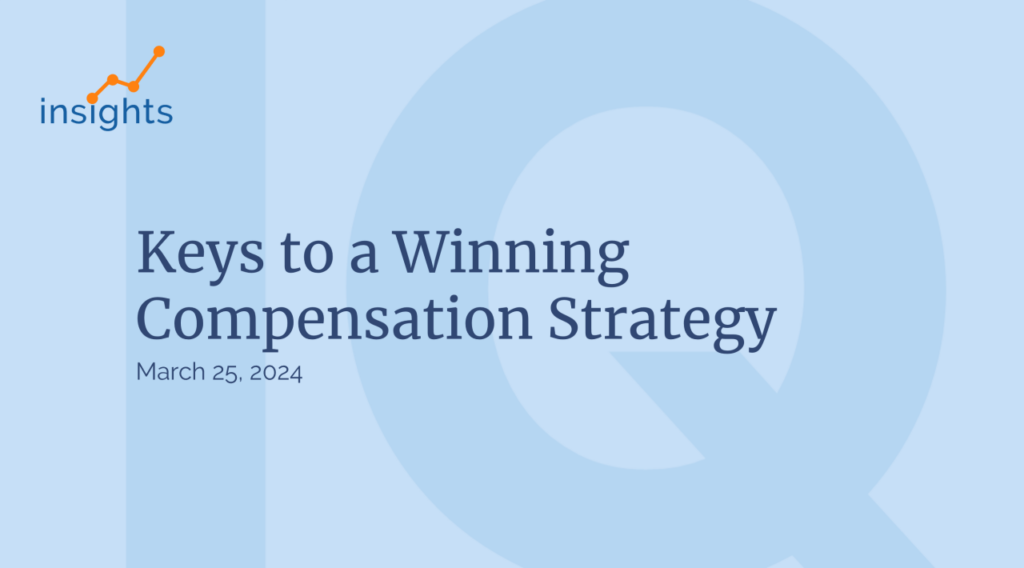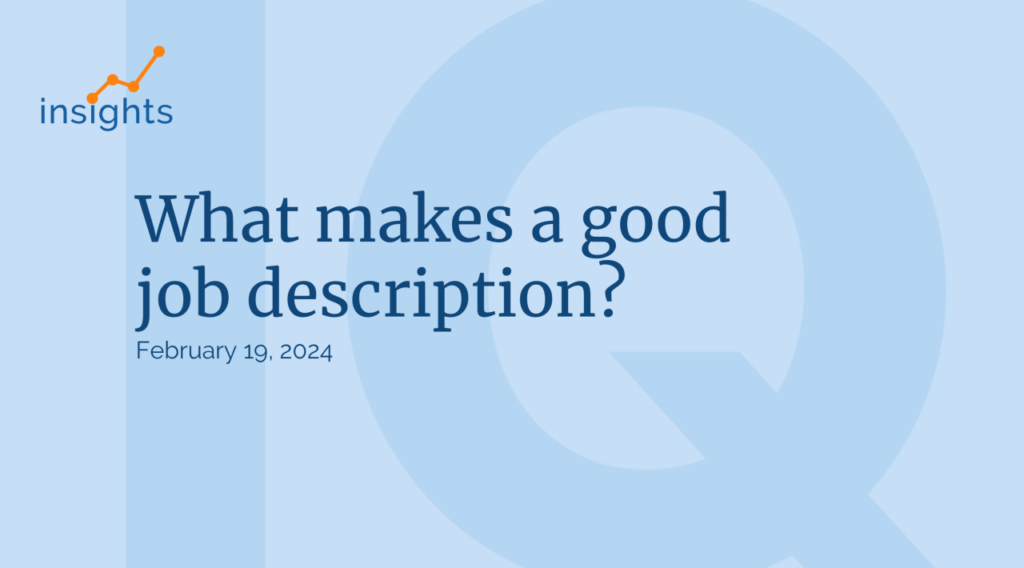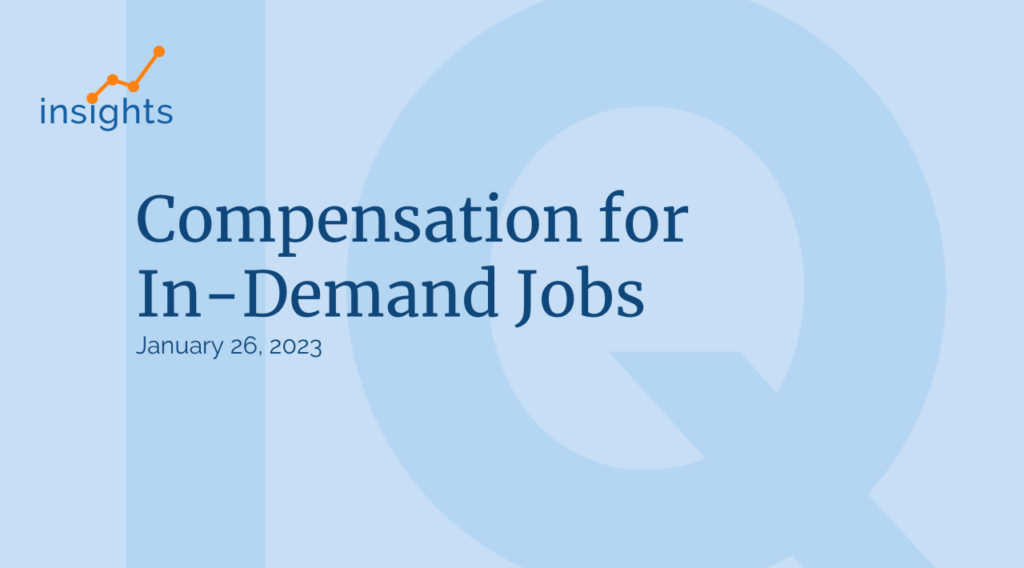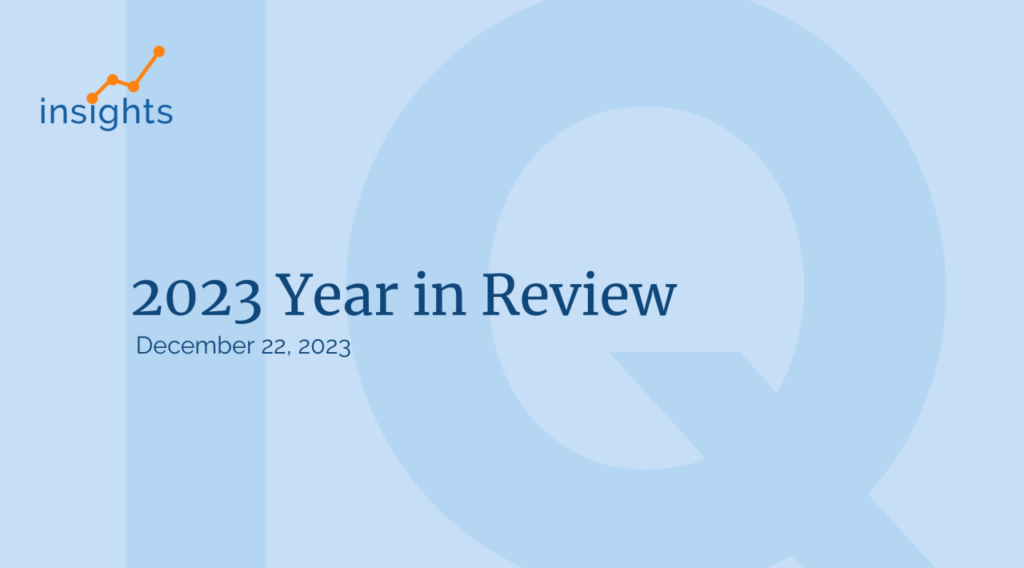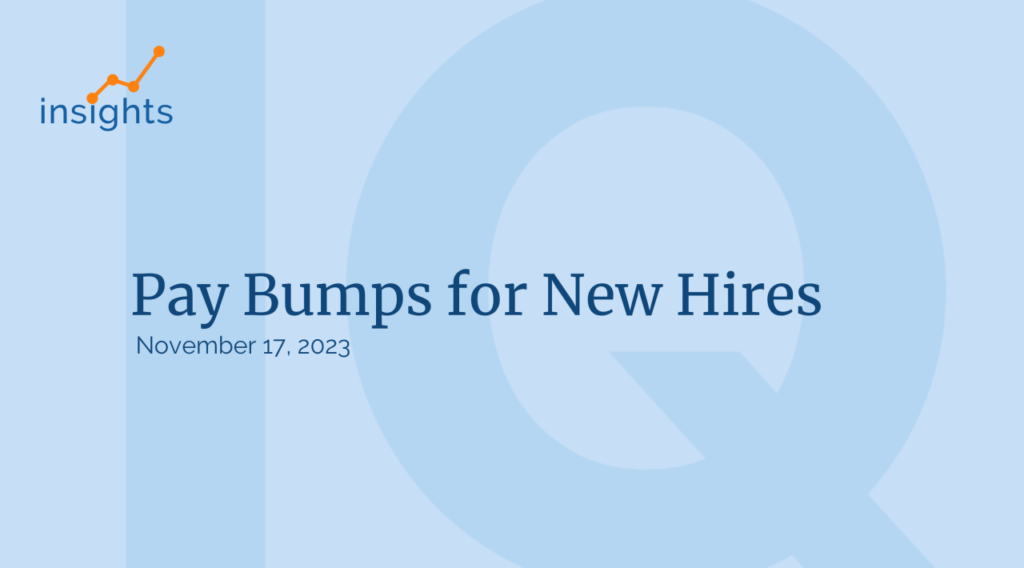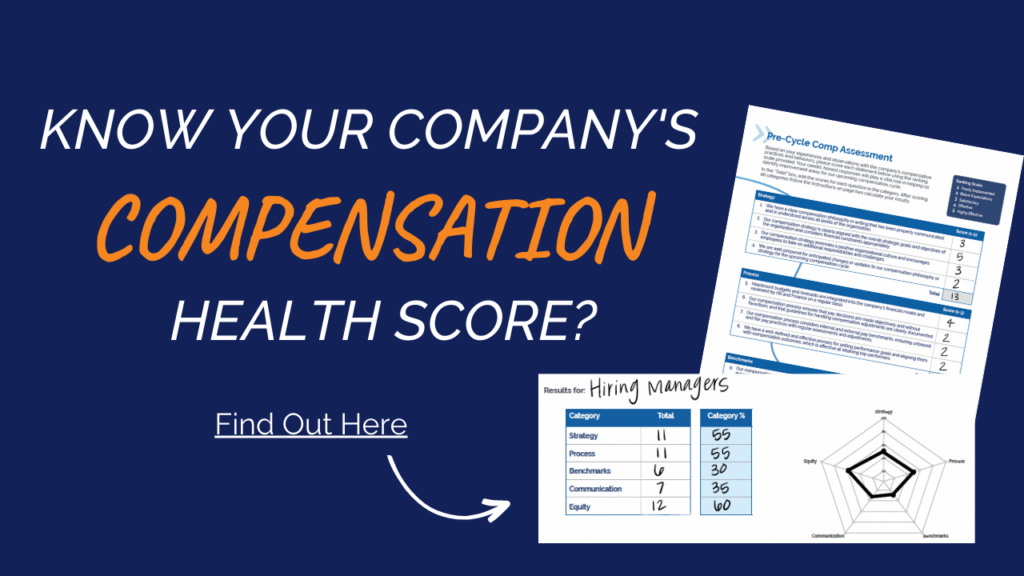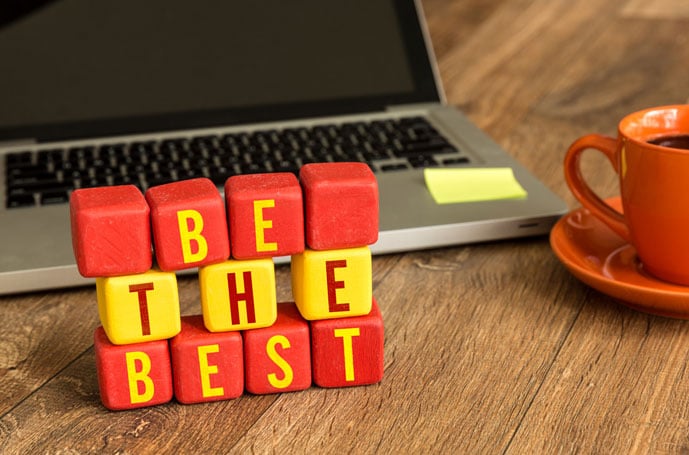Sometimes, using HR spreadsheets is like working in handcuffs all day. It’s possible, but it’s a little painful and, at times, tricky to manage. After all, when you’re laser-focused on nothing but entering data and creating spreadsheet formulas and formatting, precious time is lost, and often so is the bigger picture.
Yes, compiling reports is possible with spreadsheets.
But it’s often a laborious, manual process.
This isn’t too much trouble if you only want reports once or twice a year or if you don’t care how your reports look and whether they’re easy to understand. However, if you don’t fall into these camps, HR spreadsheets are far from ideal.

The Pitfalls of Using Spreadsheets
We don’t need to tell you that HR professionals are busy people. A few of their job responsibilities include juggling recruitment drives, managing budgets, handling onboarding, and sourcing top talent in often challenging landscapes. So to lessen the demands on their time, they need access to the best possible tools.
As we’ve already hinted, spreadsheets are commonly used within HR teams and other departments. Heralded for their importance, the data compiled within these spreadsheets often informs HR-related decision-making. But unfortunately, there are several commonly shared pitfalls to using spreadsheets. These include:
- They’re time-consuming
- There’s a lack of version control
- They’re open to human error
- There’s still a high level of manual work involved
- There’s no real-time visibility
- Data integrity can be compromised because of faulty macros
Instead, imagine breaking free from such limitations by using a system in which you click a few buttons to generate and save presentation-ready salary reports within seconds. You’d save hours, empowering you to compile information more frequently to make data-driven decisions.
The solution: Compensation software and benchmarking tools
The result: A competitive compensation analysis and planning for hiring and retention – all in one system – enabling you to:
- Compare salaries according to job titles across multiple locations. This is especially handy if you’re looking to hire remotely.
- Learn about skills shortages and surpluses for thousands of jobs, industries and locations that gives you a better understanding of how this impacts salary demands.
- Access to current and predicted talent provision trends across U.S. cities.
- Share salary reports and data with teams and individuals internally.
- Use data to create a compensation strategy for multiple jobs, locations, and industries.

